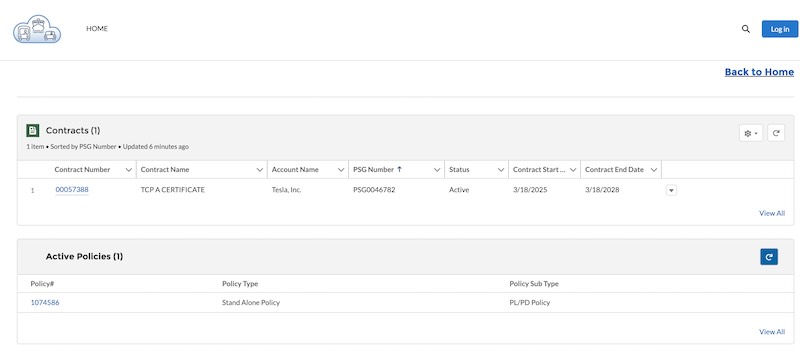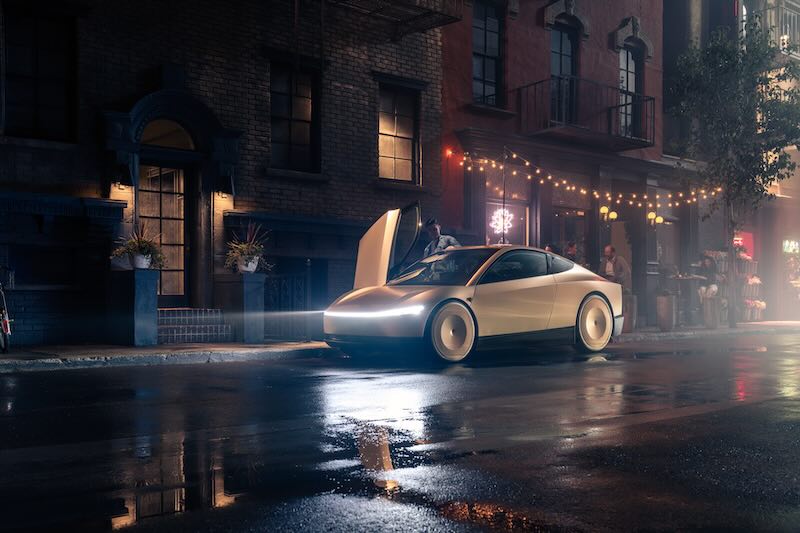Tesla has secured an initial approval from the California Public Utilities Commission (CPUC) to begin the long journey toward operating their much-anticipated CyberCab Robotaxi service. Tesla has been granted a transportation charter-party carrier (TCP) permit—specifically certificate PSG0046782. Permit represents just the first in a series of regulatory hurdles Tesla will need to clear before fully autonomous vehicles can transport passengers without human supervision.

Tesla’s First Step Toward CyberCab Robotaxi Service: California TCP Permit Approval
The TCP permit Tesla received in November 2024 is quite limited in scope. Under this authorization, Tesla can operate company-owned vehicles driven by Tesla employees to transport other Tesla employees on a pre-arranged basis. Tesla plans to eventually transition to offering rides to the general public, but must notify the CPUC when making this change.
This initial approval shouldn’t be confused with full robotaxi authorization—it’s merely laying groundwork for Tesla’s larger autonomous vehicle ambitions.
There are significant restrictions on what Tesla can do with this permit. Tesla hasn’t applied for a Transportation Network Company (TNC) permit, which would allow for ridesharing services similar to Uber or Lyft. More importantly, the TCP permit alone doesn’t authorize Tesla to provide rides in autonomous vehicles.
Before Tesla can offer any driverless rides, the company needs separate authorization from the California Department of Motor Vehicles—approval it doesn’t currently possess. Tesla hasn’t yet applied to participate in the CPUC’s Autonomous Vehicle Passenger Programs, which would be necessary for either driver-supervised or fully driverless service.
While this permit represents progress, Tesla faces a complex regulatory pathway. The company will initially place employees behind the wheel while offering rides to other Tesla workers before expanding to public passengers. The transition to fully driverless operation—similar to what Waymo currently offers—requires additional approvals from multiple California agencies.
Industry watchers should recognize this as a modest first step rather than an imminent robotaxi launch. Tesla’s autonomous ambitions remain on track, but Tesla will need to navigate significant regulatory terrain before their CyberCab robotaxi service can truly take off.
Related Post
Tesla Cybercab: 300-Mile Range from Sub-50kWh Battery Promises Industry-Leading Efficiency
Tesla Robotaxi vs UBER: Former Executive Reveals Why CyberCab Will Transform Ride-Hailing
Tesla Cybercab Testing Program in Palo Alto: A Look at the Autonomous Future
